What to do when you get an exam back
Getting an exam back from the teacher can send students in a few different directions. For some people, it’s a sweet moment of gloating to your mates and comparing your grades with theirs. For others, it’s all about how quickly they can scrunch the paper up into a tight little ball and throw it in the rubbish bin. While so much work goes into preparing for an exam, most students don’t realize that it’s the process after the exam that is actually just as important. The top students follow a very clear process when they get their exam papers back, which is what takes their grades to the next level.
Identify your key weakest areas
The very first thing most students look for when they get their exam paper back is the mark or grade they received. We frantically skim through the paper, searching for the front or back page to see that all-important number or letter. The temptation will also be to pour over all the things we did really well and got marks for – this makes us feel good about ourselves and validates all the hard work we did! While our grade is certainly important, at this point we can’t change it. What we can do is actually improve our grade on our next assessment – and this is where the top students really separate themselves from everyone else.
Instead of patting themselves on the back, the top students zone in on what they could improve on – specifically, where they lost marks. They realize that if they don’t rectify these mistakes, other students will zoom past them! Instead of looking for all the ticks on the page, they find where the crosses are and they go to work. They grab a big yellow highlighter and circle all these areas where they lost marks. Rather than circling individual marks, they focus on the big areas where they’ve lost marks in chunks. As soon as you see where these chunks of marks are coming from, you can work out which areas of the course you didn’t know too well, or where you lacked knowledge in a certain area.
This is a super important point, because often you don’t lose marks all the way through the paper. For instance, on a maths paper you might get most of question 1, 2 and 3 right, but lose most of your marks on question 4. The problem isn’t that you can’t do maths! It’s simply that you lack the knowledge in a certain topic. Once you’ve circled these areas, it makes it so much easier to be able to go back to the textbook and do the exercises on that topic, so that you never make the same mistake twice.
Of course, while that approach works for subjects like Maths and Science, it’s a bit harder for subjects like History and English. This is because someone could get a better mark than you not necessarily by making less mistakes, but by writing a better answer. So if that’s the case, we need to know how to write a better answer – and there’s 2 great ways to do that:
Discuss with your teacher
When we get an exam back and see ticks all over the paper, sometimes it can be hard to know where or why we’ve lost marks. This is where our teachers come in. Most students tend to avoid chatting to their teacher about their exam paper for a few reasons: a) They don’t know what to ask b) They get embarrassed or c) They can’t be bothered!
Remember, our aim is to never make the same mistake twice, and we can’t do that unless we know specifically where we lost marks. Sit down with your teacher and try and work out exactly what your mistakes were and why your answers were incorrect. If their answers are a bit vague, such as “you need better essay structure”, ask specifically what it was about your structure that needs improving. Importantly, we also need to know how we should’ve done things differently, so make sure you grab an example of what a better response would look like.
It can be easy to walk out of a discussion with your teacher being completely overwhelmed by all the suggestions that have been made. That’s why its important to write a checklist of 2 or 3 things they suggest you do differently. It might be to write 2 quotes in each paragraph, or use better linking words, or write a topic sentence in each paragraph. Whatever it is, make sure it’s specific and tangible. That way, if you write those 3 things at the top of your next paper, and tick each one of them off, you know you won’t be losing marks in those areas!
Fix the mistakes
So often as students we think our job is done after an exam or assessment. We’ve put in all the hard work and now it’s time to put our feet up and relax. Granted, we have earned a break, but there’s one tiny thing to do after an exam that will make a massive difference on your next exam. It doesn’t involve a lot of extra work, but it really sets the top students apart.
A lot of students think the work stops as soon as they’ve identified their weakest areas and spoken to their teacher. But unless we actually fix the mistake, nothing changes! All it takes is to go back to your paper and re-do the sections where you lost marks. Remember, it doesn’t mean going back and re-doing the entire paper – that would be a waste of time! All it means is going back and re-doing the questions you’ve made mistakes in. The best part is, we don’t need to guess the answers – we’ve already got feedback from our teacher about the best way to answer the question!
Once you’ve had a shot at answering the question properly, hand it back in to your teacher to get it re-marked. Not only will it give you that affirmation that what you’re doing is correct, but it will give you a template for how to answer the question correctly next time! If your teacher has re-marked the paper and given you an A, you know that on the next paper you simply need to follow that same structure and style and you should be on your way to a better mark!
 -
-








 Video
Video Blog
Blog Books + Planners
Books + Planners  Exam Questions
Exam Questions FAQ
FAQ